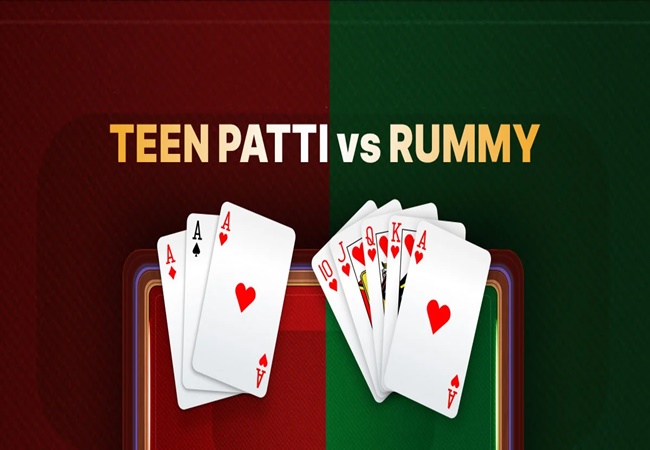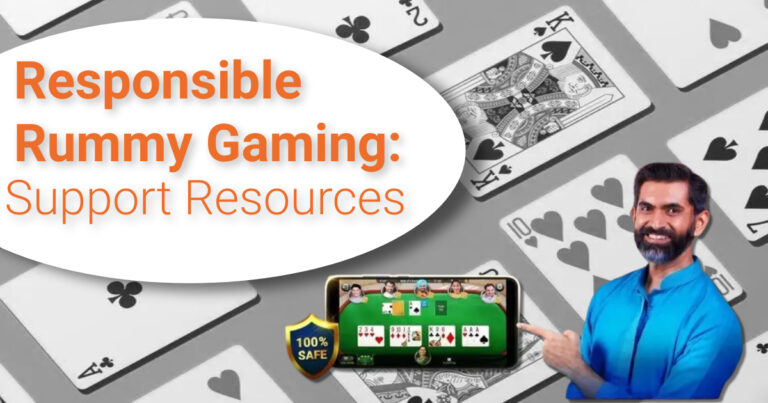The Ultimate Guide to Teen Patti and Rummy
Teen Patti and Rummy are two of the most beloved card games in India, deeply ingrained in its cultural fabric. These games aren’t just about winning or losing; they’re about camaraderie, strategy, and the thrill of the chase. In this ultimate guide, we delve into the intricate details of both games, from their origins to advanced strategies, providing you with everything you need to become a master of Teen Patti and Rummy game.

Origins and History of Teen Patti and Rummy
To truly appreciate Teen Patti and Rummy, one must understand their rich histories. Teen Patti, also known as Indian Poker, traces its roots back to the Indian subcontinent, where it has been played for centuries. Its simplicity and excitement have made it a favorite pastime across social gatherings, from family get-togethers to festive celebrations.
Rummy, on the other hand, has a more complex history, with its origins shrouded in mystery. Some believe it originated in Spain, while others argue for its Indian roots. Regardless of its origins, Rummy has evolved into various forms, including the popular Indian version played with 13 cards.
Basic Rules
Both Teen Patti and Rummy are easy to learn but difficult to master. Teen Patti is played with a standard 52-card deck, with each player receiving three cards. The goal is to have the best three-card hand or to bluff your opponents into folding.
Rummy, on the other hand, is a game of melding cards into sets and sequences. Players draw and discard cards, aiming to form valid combinations such as sequences (three or more consecutive cards of the same suit) and sets (three or four cards of the same rank).
Strategy and Tactics
While luck plays a significant role in both games, strategy is equally important. In Teen Patti, knowing when to bluff and when to fold can make the difference between victory and defeat. Observing your opponents’ betting patterns and body language can give you valuable insights into their hands.
In Rummy, strategy revolves around card sequencing and discarding. Keeping track of which cards have been drawn and discarded can help you anticipate your opponents’ moves and adjust your strategy accordingly. Additionally, knowing when to declare your hand can catch your opponents off guard and secure you the win.
Variations
Both Teen Patti and Rummy have numerous variations, each with its own unique rules and quirks. In Teen Patti, variations like Muflis, AK47, and Joker add exciting twists to the game, challenging players to adapt their strategies on the fly.
Rummy boasts even more variations, including Indian Rummy, Gin Rummy, and Rummy 500, each with its own set of rules and gameplay mechanics. Whether you prefer the simplicity of Indian Rummy or the strategic depth of Gin Rummy, there’s a variation for every player.

Online Play
In today’s digital age, Teen Patti and Rummy have made a seamless transition to the online realm. Numerous websites and mobile apps offer virtual platforms where players can enjoy their favorite card games anytime, anywhere. These platforms feature sleek interfaces, competitive matchmaking, and even cash prizes for the most skilled players.
Etiquette and Sportsmanship
While both Teen Patti and Rummy are competitive games, they also promote values of sportsmanship and camaraderie. Respect for your opponents, graciousness in victory and defeat, and adherence to the rules are all essential aspects of playing these games.
Conclusion
Teen Patti and Rummy aren’t just games; they’re cultural phenomena that have stood the test of time. Their simplicity, strategy, and social aspects make them enduring favorites among players of all ages. Whether you’re a seasoned veteran or a newcomer looking to learn, this ultimate guide provides you with everything you need to embark on your journey to becoming a master of Teen Patti and Rummy. So gather your friends, shuffle the cards, and let the games begin!








